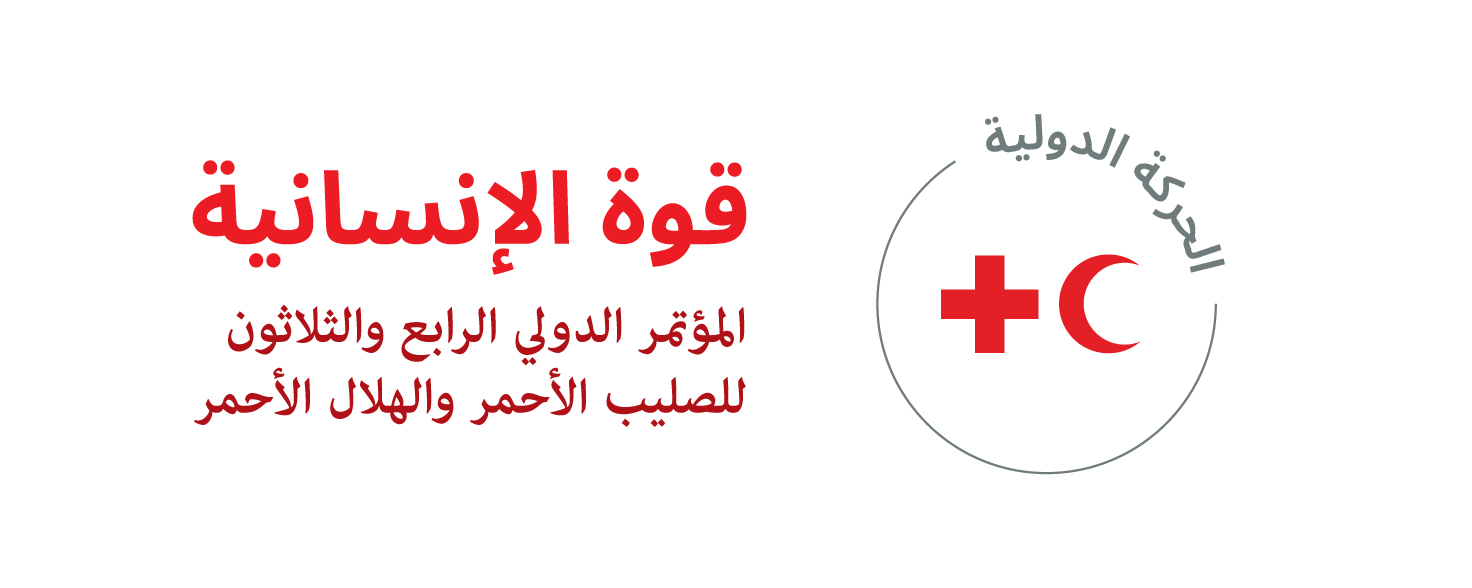Charlotte Tocchio – IFRC
Beatrijs Vanhove – ICRC
Education is not just about learning how to read, write and count. It is also about bringing out the best in a person so they can thrive and achieve their full potential. It is about learning how to cope with crisis, how to be an active citizen and how to live peacefully together. It is about acquiring the skills needed to make sense of our experiences and of the world around us, to make informed decisions, to act responsibly and to lead a dignified and fulfilling life.
Ever since their creation, National Societies, the IFRC and the ICRC have contributed to educating millions of people, so that they would not only know how to stay healthy, safe and resilient in the face of adversity but also care for and help others and strive for a better future.
In an emergency, education is one of the first public services to be disrupted. Half of the world’s 258 million children and young people who are not attending school live in places affected by armed conflict, disasters or other emergencies.[1] COVID‑19 has shown how easily external factors can disrupt education and how challenging it can be for authorities to ensure continuous, safe and equitable access to education.
Despite all the organizations working to safeguard the right to education in emergencies, the education needs of millions of people remain unmet. Access to education is especially difficult for people living in informal settlements or hard-to-reach areas, for people whom the education system or society was already excluding or leaving behind, and for people who are highly vulnerable.
In 2017, the Movement committed itself to stepping up its support for education and to addressing this gap as a humanitarian priority. In 2017, the Council of Delegates adopted its first-ever resolution on education, entitled “Education: Related humanitarian needs”. Today, the ICRC Access to Education Strategy 2021–2026 and the IFRC Strategic Framework on Education 2020–2030 inform and guide the education-related activities of the many Movement components engaged in this field.
Some in the Movement may see education as a brand-new field of work, but Movement colleagues engaged in this sphere would maintain that this is merely a new perspective on existing work or an “additional area of focus” as acknowledged by the 2017 Council of Delegates. This is an important and welcome nuance, allowing the Movement to keep its statutory promise. Educational activities and education-related humanitarian responses have long been perceived solely as a contribution to the objectives of their related sectors such as health, water, sanitation and hygiene, disaster risk reduction, livelihoods, protection or migration. It is only recently that these activities started to be recognized as the Movement’s contribution to the education sector itself.
This shift in perspective presents opportunities. Cross-referencing these activities or documenting their results as a response to education needs holds great potential for all Movement components to establish new partnerships and mobilize untapped resources. Joining forces to collect and analyse data from an education standpoint will also allow them to build comprehensive overviews of needs and better inform future orientations, plans and specialized response efforts. Coordinating, complementing and intensifying each other’s efforts will bring greater quality, impact and sustainability to the Movement’s work in education.
The idea of a Movement approach to education was born out of the observation that “the whole is greater than the sum of its parts” and that if we stand together as a Movement, we could achieve more. The Movement approach to education seeks to ensure that people can safely, continuously and equitably access education opportunities that are always inclusive and of the best possible quality.
Since 2021, with the converging interests, capacities and ambitions of National Societies, the IFRC and the ICRC, this approach has been conceptualized and tested in three pilot countries: Armenia, Azerbaijan and Ukraine.
We hope that the
experience and lessons learned from these contexts, and shared in the
forthcoming workshop, will confirm that it is time for the Movement to make its
overall contribution to education visible, and for its components to join forces
to adopt an overall, longer-term strategic vision and approach to their
education work. Doing so will help demonstrate the added value of the Movement as
an educational actor, especially in emergencies, and from the perspective of
the National Societies’ auxiliary role to public authorities in the humanitarian
field.
[1] UNESCO Institute for Statistics, New Methodology Shows that 258 Million Children, Adolescents and Youth Are Out of School, Factsheet 56, September 2019: http://uis.unesco.org/sites/default/files/documents/new-methodology-shows-258-million-children-adolescents-and-youth-are-out-school.pdf.
Plan International UK, Left Out, Left Behind: Adolescent Girls’ Secondary Education in Crises, 2019, p. 30: https://www.planinternational.nl/uploaded/2019/06/Left-out-Left-behind-report.pdf?x65987.
The International Committee of the Red Cross, the International Federation of Red Cross and Red Crescent Societies, and the Standing Commission of the Red Cross and Red Crescent, in its function as Trustee of the International Conference of the Red Cross and Red Crescent (the Conference), cannot be held responsible or liable in any manner for any user-generated content or posts on this Database. In the event that the Website team considers any post or content to be incompatible with the Fundamental Principles of the International Red Cross and Red Crescent Movement and/or with the objectives of the Conference, it reserves the right to remove such content.




